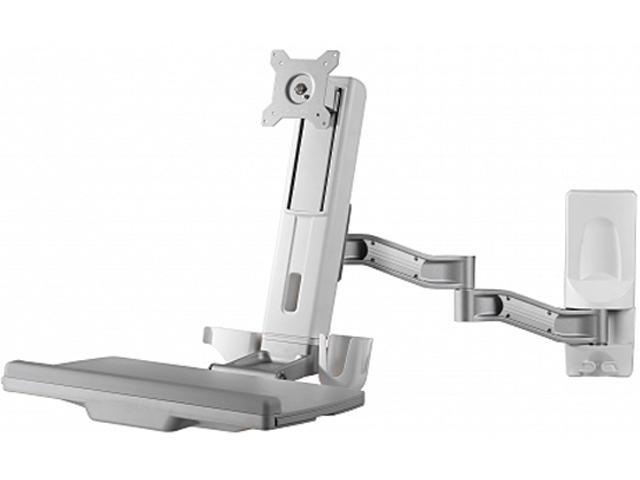The introduction of highly reliable sensors and remote condition monitoring equipment will change the form and functionality of maintenance and engineering systems within many infrastructure sectors. Process, transport and infrastructure companies are increasingly looking to intelligent infrastructure to increase reliability and decrease costs in the future, but such systems will present many new (and some old) human factors challenges. Despite the technological advancement in remote sensing, robotics, automatic monitoring and decision support systems, to name only a few, existing Intelligent Infrastructure (II) systems are often facing key obstacles whilst being implemented in the real work setting. Understanding and mitigating potential human factors issues could ensure that such vast investments are not wasted. Intelligent Infrastructure is growingly becoming an ambitious future step to support optimal complex control settings. From widespread railway networks to nuclear power plans, researchers, engineers and developers are recognizing the value in better asset management and optimized utilization of the existing resources and infrastructure. This book presents the first work that understands and informs human factors issues associated with Intelligent Infrastructure in complex control settings.















